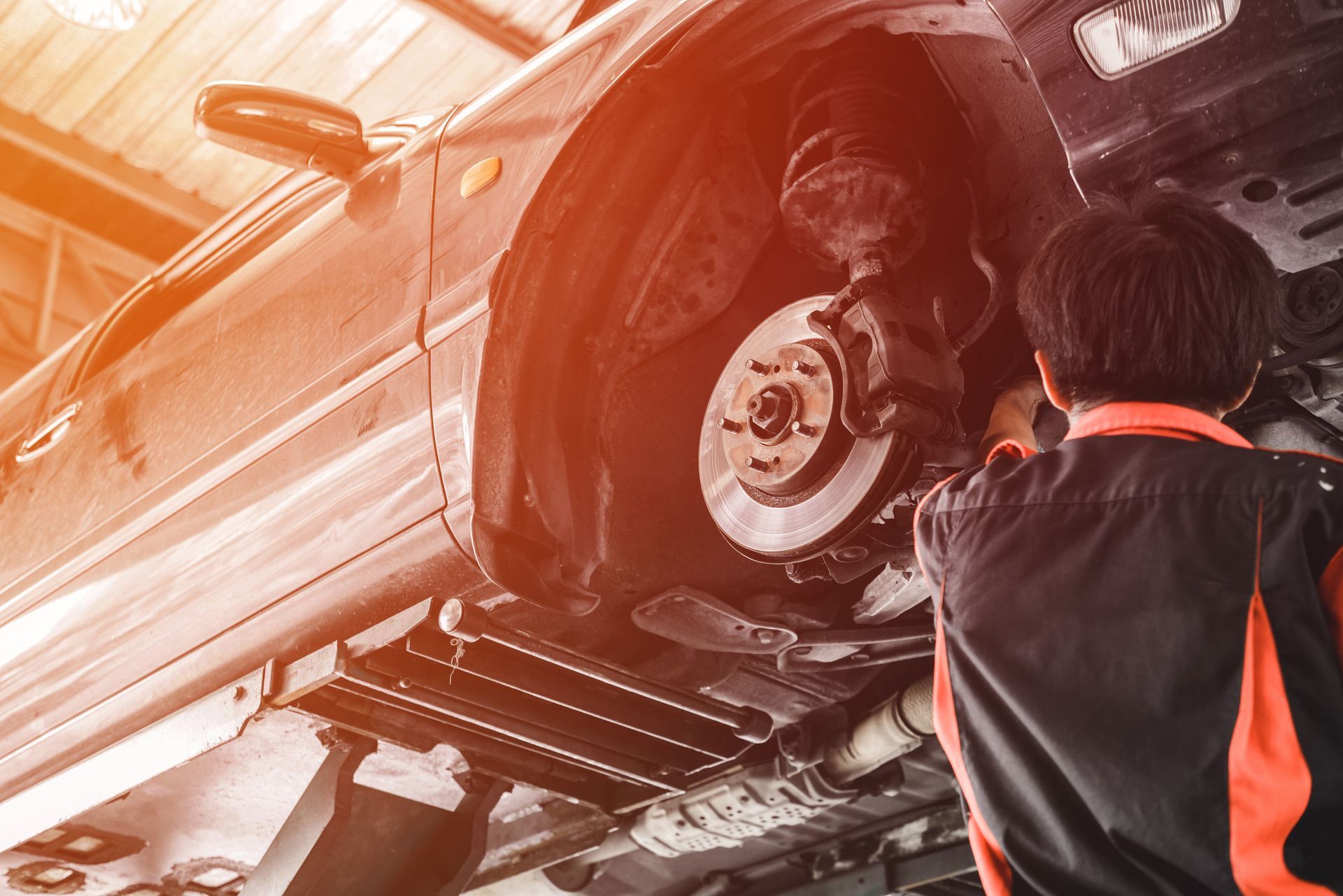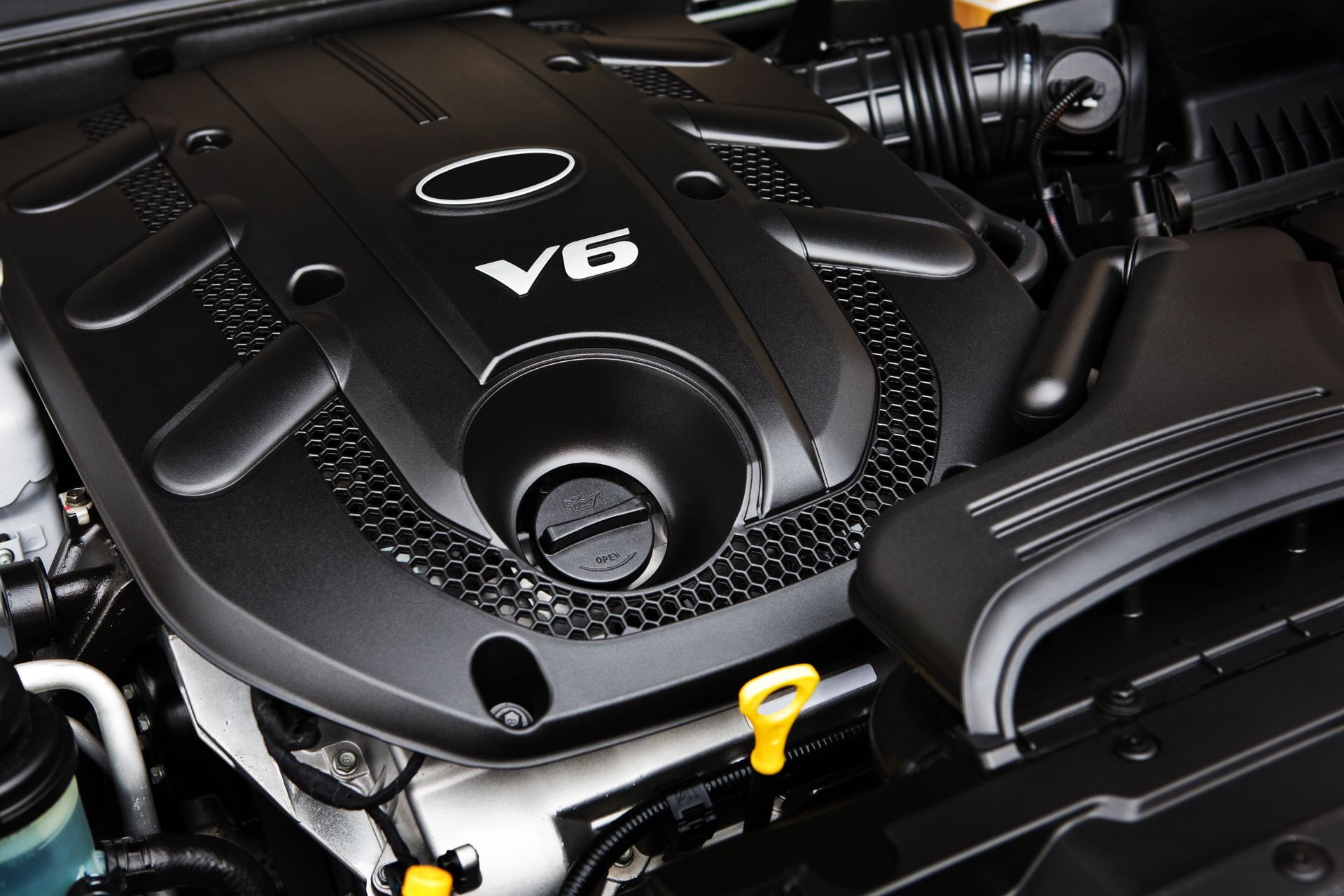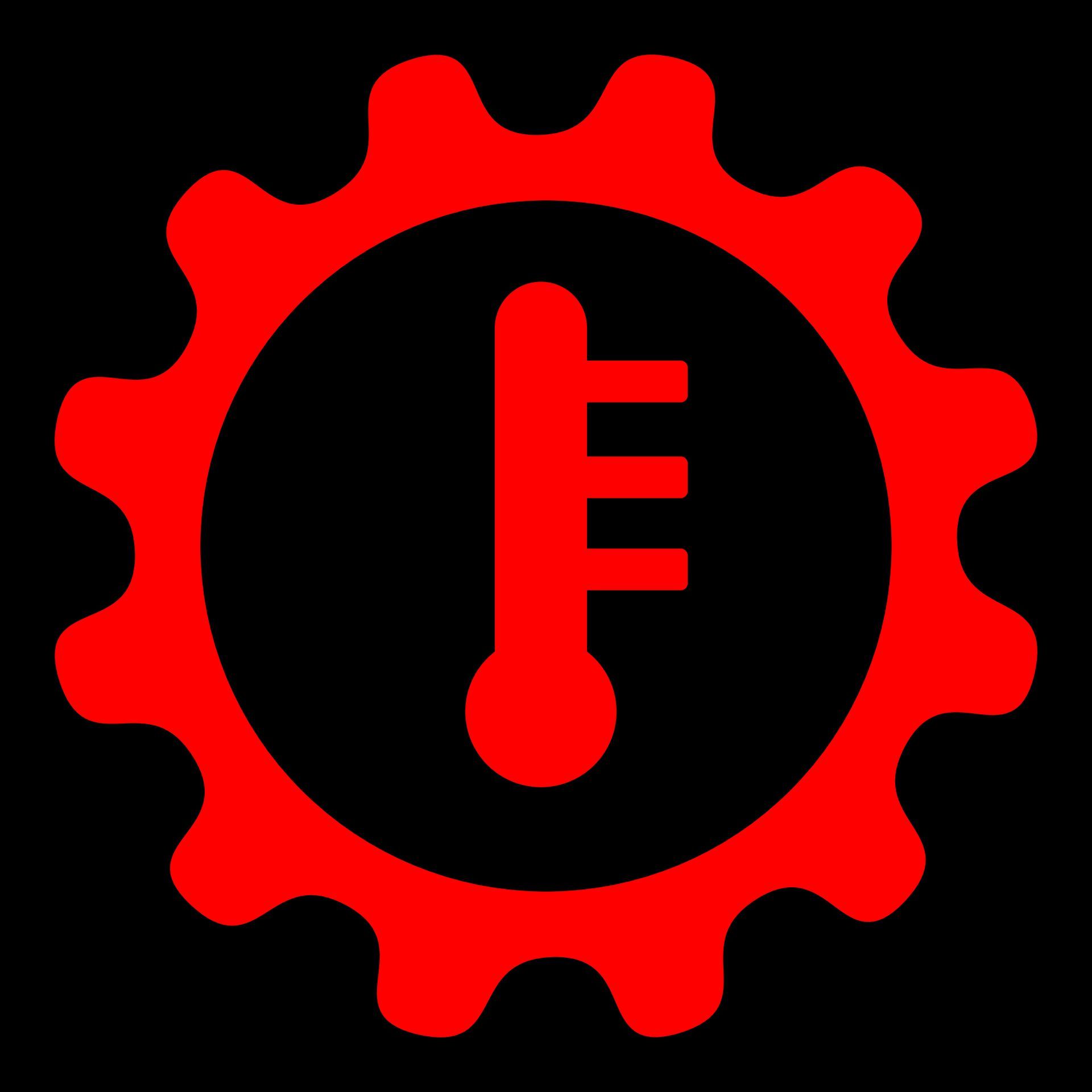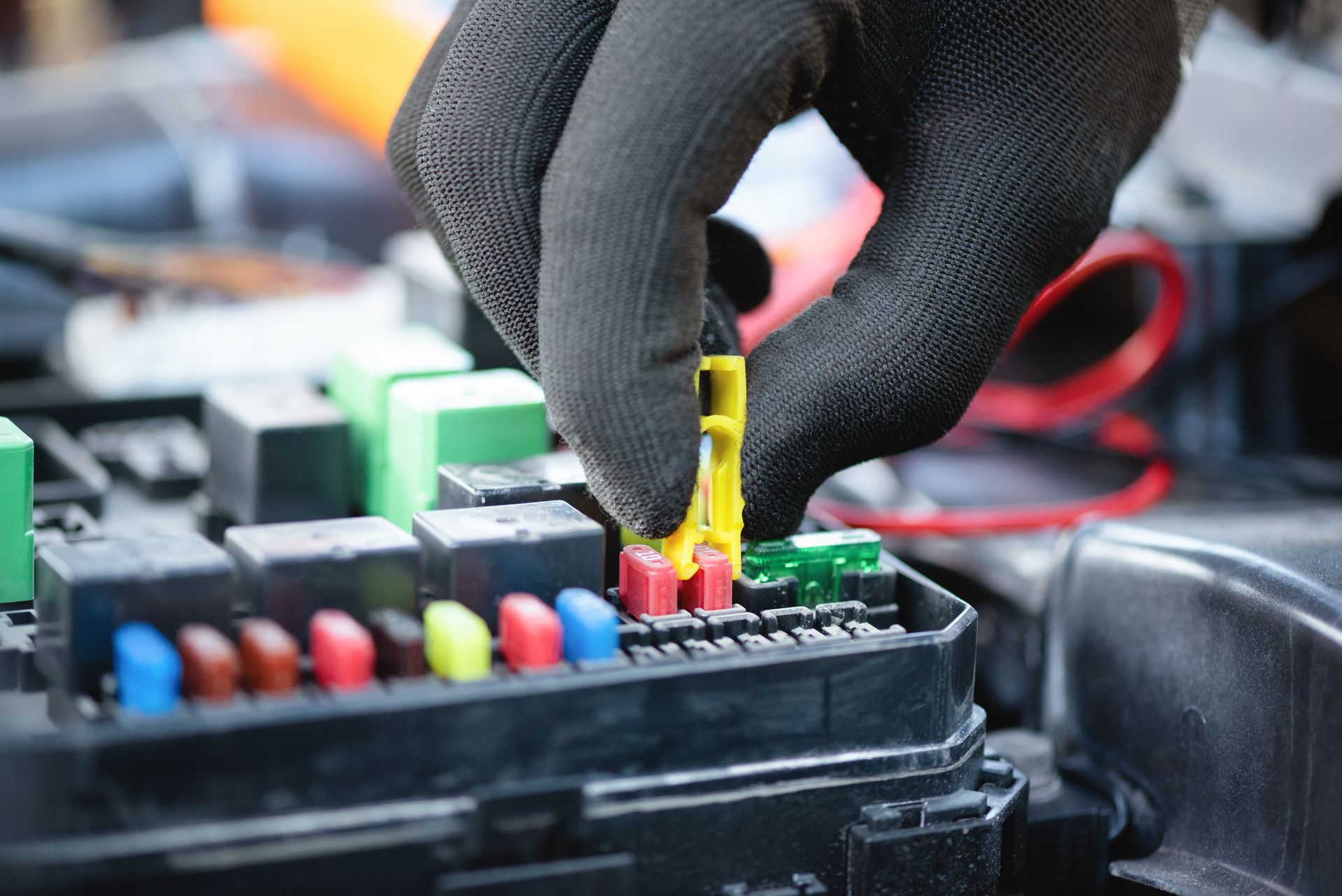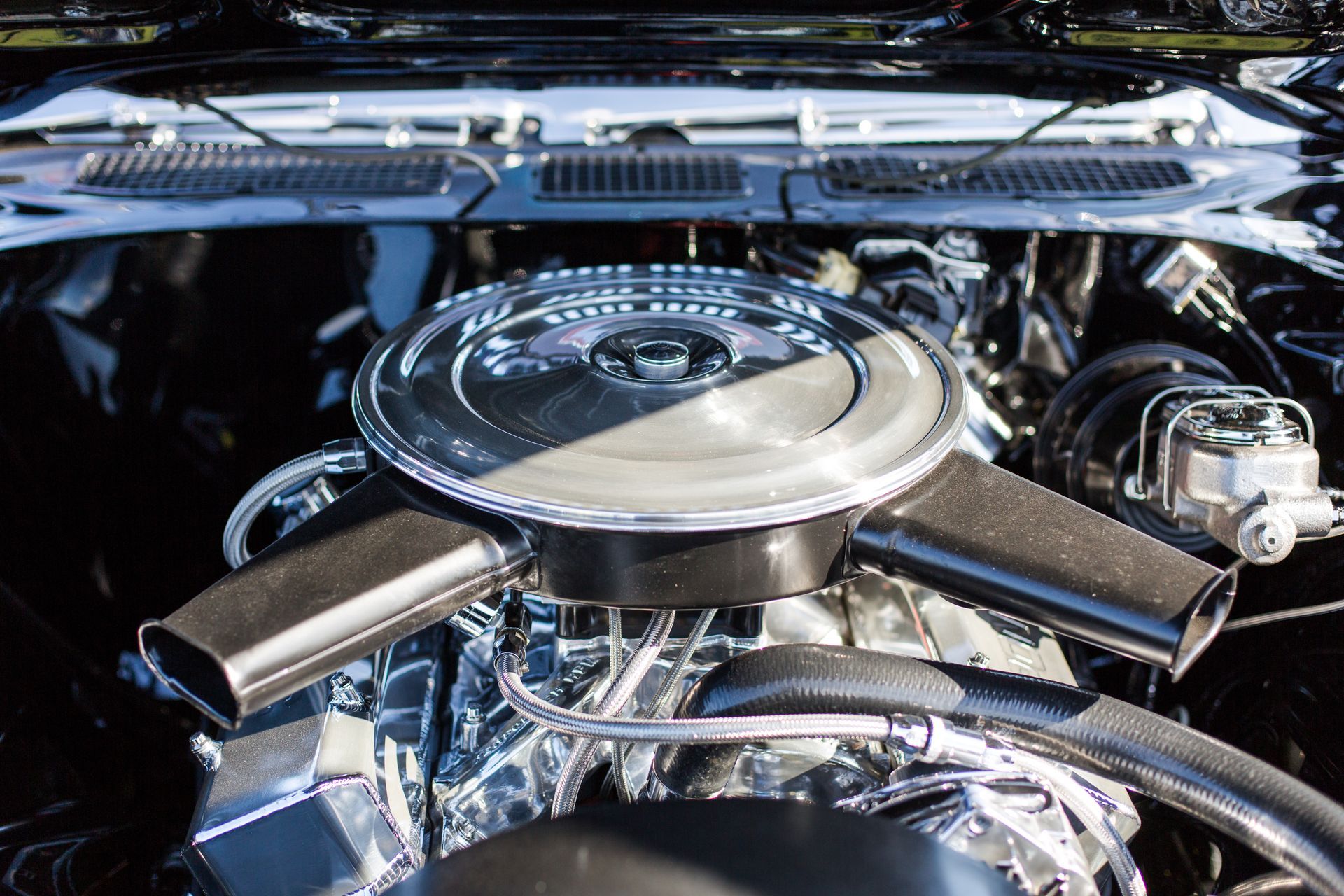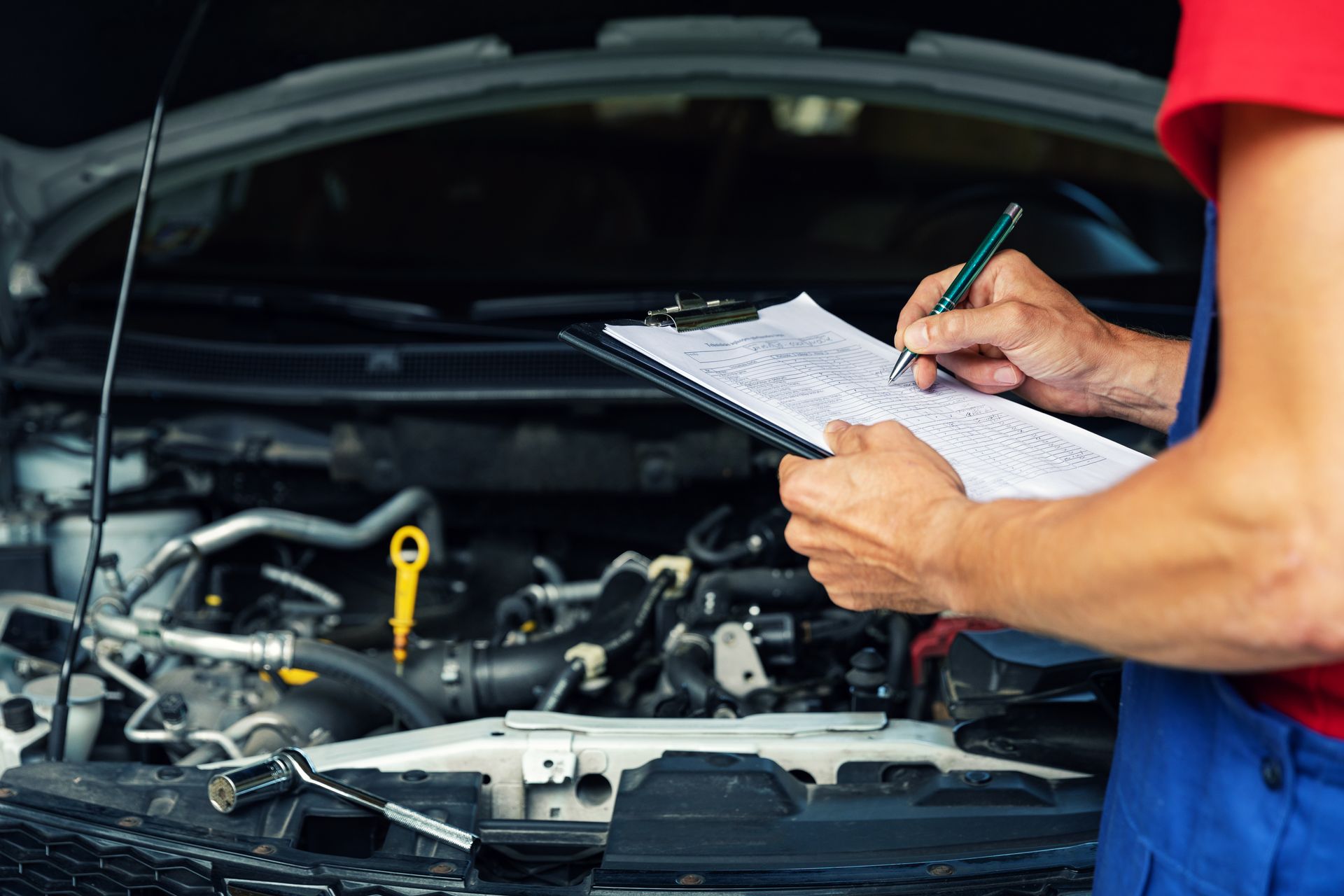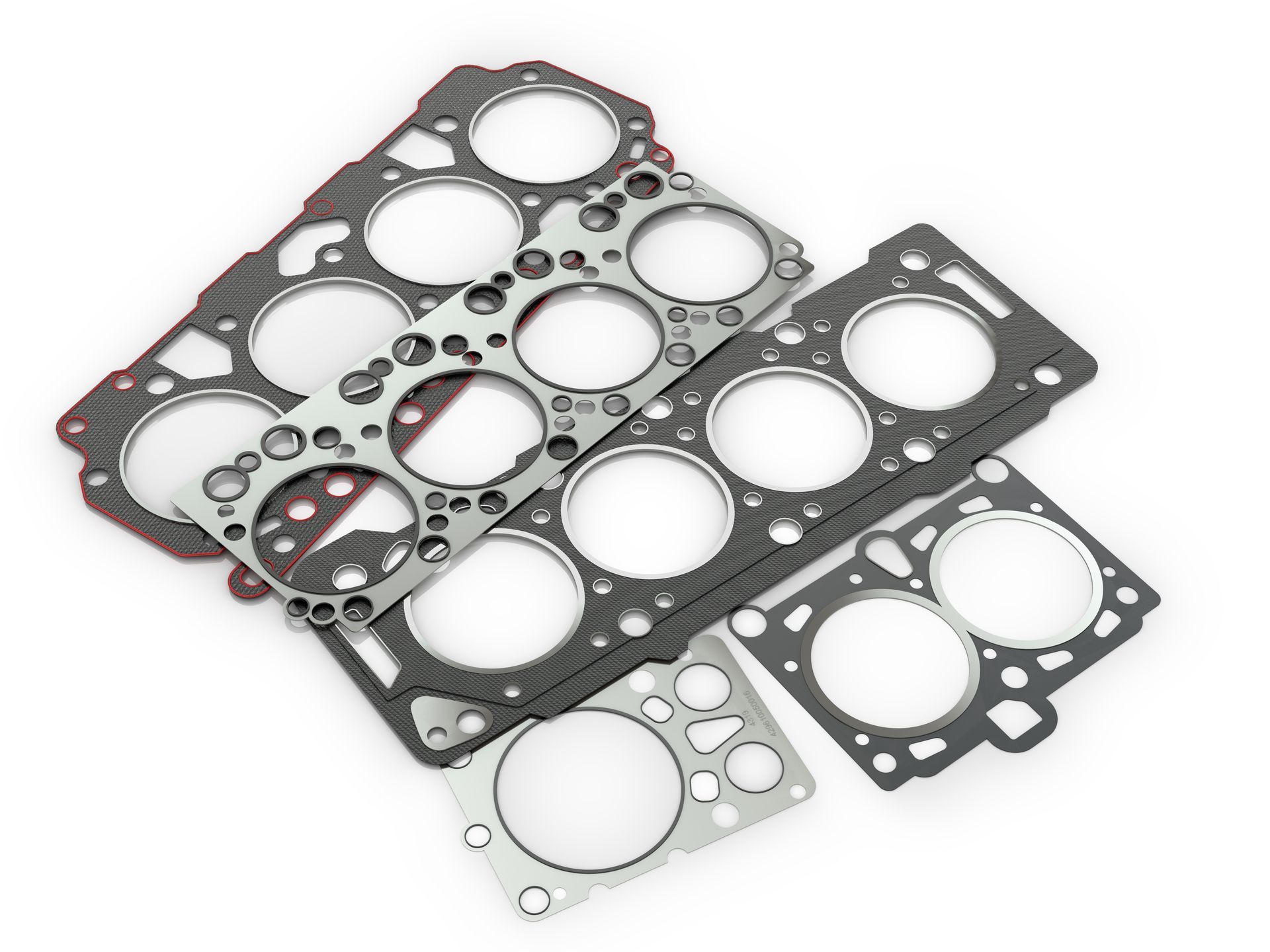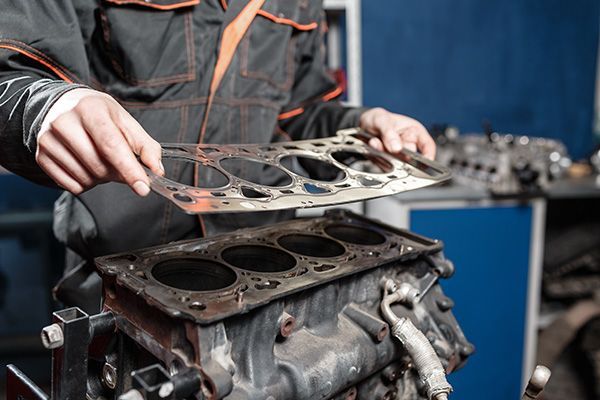Winter can be tough on vehicles, especially in regions where road salt is used to combat snow and ice. While washing your car during the colder months may seem like a cosmetic concern, neglecting the undercarriage can lead to long-term problems. Rust doesn’t take a break when the temperature drops, and it often starts where you can’t see it.
If you want to keep your vehicle in good shape, regular undercarriage washes are more important than you might think. Here's why it matters and how often you should do it.
Why Salt is So Damaging to the Undercarriage
Road salt works by lowering the freezing point of water, which helps melt snow and ice. The downside is that salt is highly corrosive. When it sticks to the underside of your car, it accelerates the oxidation of metal components. Over time, this leads to rust on everything from the frame and exhaust to the brake and fuel lines.
Even small amounts of salt left on the vehicle can trap moisture, making it easier for corrosion to take hold. Once rust begins, it can spread quickly, especially in areas with poor drainage or limited airflow.
How Often Should You Wash the Undercarriage
In winter, once a month is the bare minimum for undercarriage washes if your roads are salted. However, weekly washes are ideal when conditions are especially bad, such as after a snowstorm or if you’ve been driving through slush and brine.
Timing is also important. Wash your undercarriage:
- After driving on heavily salted roads
- When temperatures rise above freezing, allowing water to flow freely
- After long drives through snow, mud, or standing water
If your vehicle is parked in a warm garage, salt can react even faster with the metal, so regular washing is even more important in that case.
What to Look for in an Undercarriage Wash
Not all car washes are equal. When selecting a place to clean your vehicle in winter, make sure it includes a dedicated undercarriage rinse. Most touchless and full-service washes offer this option.
A good undercarriage wash should spray high-pressure water underneath your car, reaching the suspension, axles, fuel lines, and other hidden areas where salt and grime build up.
If you prefer to wash your car at home, consider investing in a hose attachment or undercarriage cleaning tool. Just make sure the water temperature is warm enough to prevent freezing, and never wash your car in extreme cold unless it can dry afterward.
Signs of Rust to Watch For
Even with regular washing, it's wise to stay alert for early rust. You might not see it at first, but signs can include:
- Discoloration around seams or joints underneath the car
- Flaking metal or bubbling paint near the bottom panels
- Unusual noises or looseness from the suspension
- Leaks from brake or fuel lines
Rust spreads fast if ignored. Catching it early can mean the difference between a small repair and major structural damage.
Protecting Your Undercarriage Beyond Washing
If you drive regularly in harsh winter conditions, you may want to consider additional protection. Rustproofing treatments and undercoating sprays can help seal vulnerable components and slow corrosion. These products are often applied before winter, but can be useful even mid-season if salt exposure has already started.
Also, make sure your drainage holes in the frame and rocker panels are clear. These allow water to escape after washing or melting snow, but can become clogged with dirt and salt residue.
Get Winter Protection with Wagamon Brothers in Columbia Heights, MN
Keeping your undercarriage clean through winter is one of the best ways to protect your vehicle from rust and long-term damage. At Wagamon Brothers in Columbia Heights, MN, we offer professional inspections, rust prevention services, and maintenance tips to help you get the most out of every winter wash.
Visit us for winter maintenance and keep your car protected long after the snow melts.


